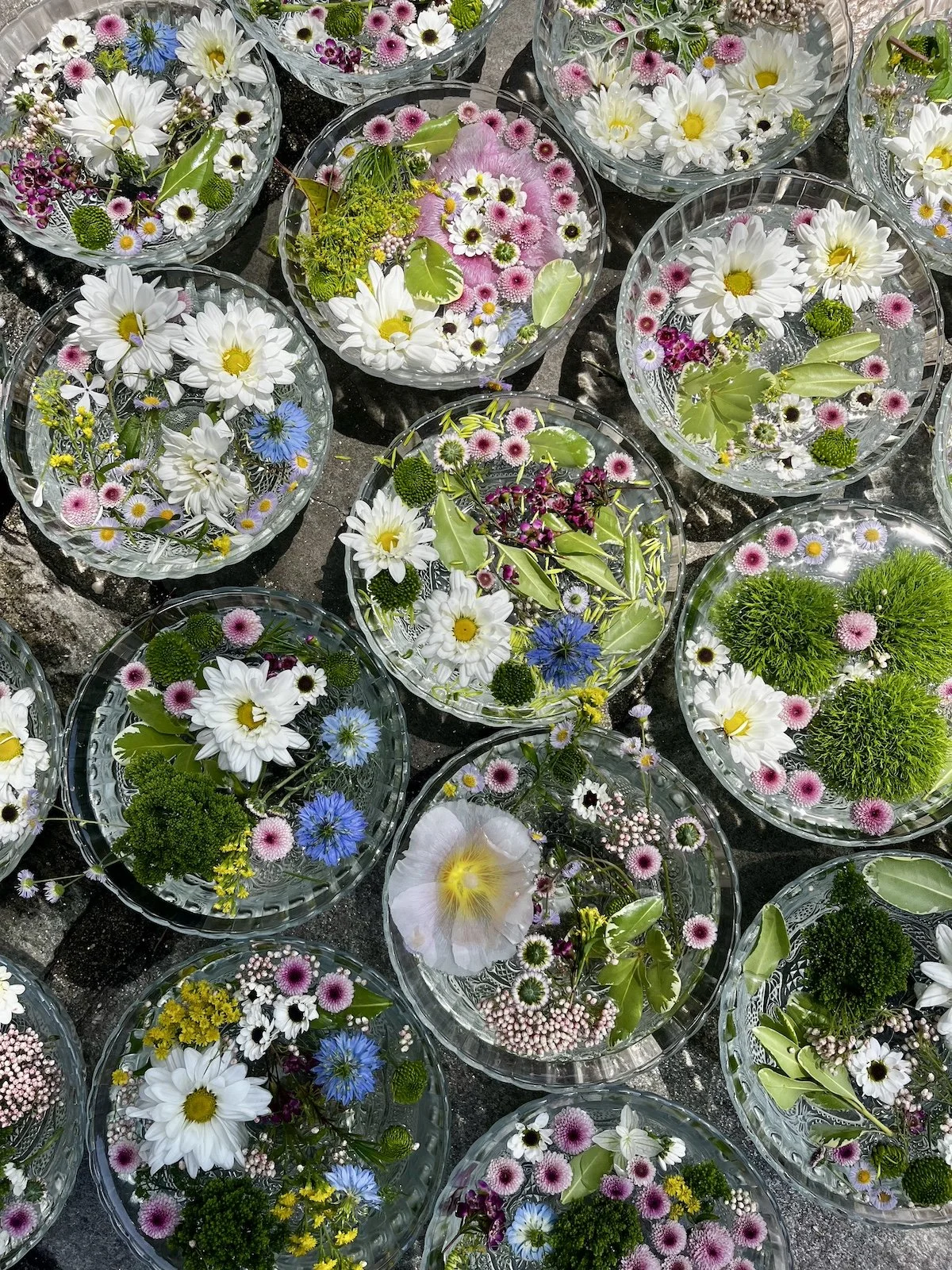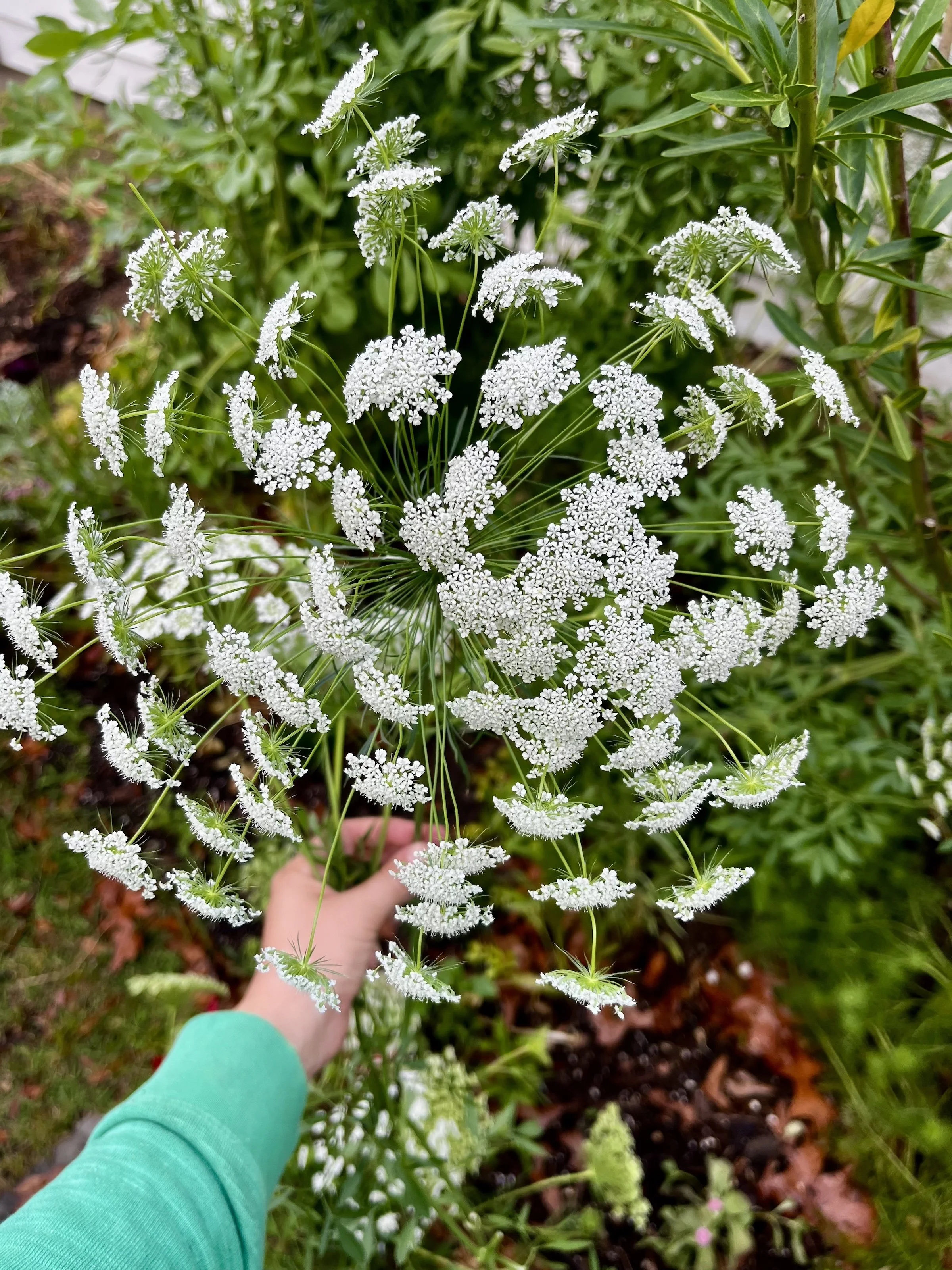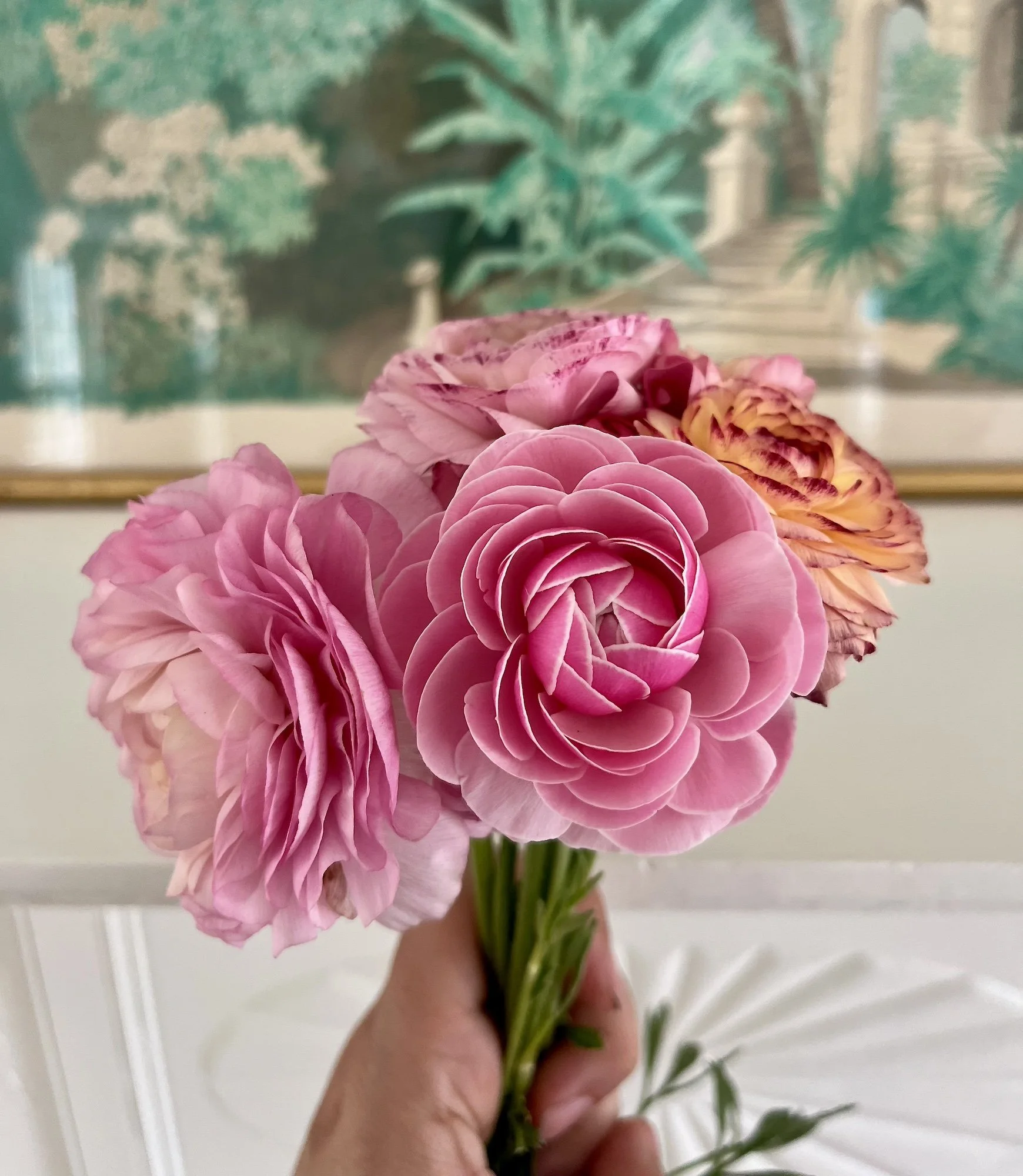Jessica Murnane
CREATIVE CONVERSATIONS
Jessica Murnane
is an author, creative consultant, horticultural therapy practitioner, and the founder of Basker. She helps people use gardening and nature for mental, physical, emotional, and social well-being. For the last decade, she’s written about – and worked in – the health and well-being space.
Jessica is the author of two books: the cookbook One Part Plant (HarperWave, 2017) and the women’s health book Know Your Endo (Penguin Random House/Avery, 2021). She’s also done creative consulting and research for some of the biggest lifestyle and food brands, including Nike and Whole Foods Market, among others.
She’s spoken at SXSW, Apple, Charleston Wine + Food, Wanderlust, and various wellness festivals. Her work has appeared in a number of media outlets, including Bon Appétit, Goop, People, and Shape magazine.
Where you can find Jessica
Horticultural therapy (HT) is a concept that might be new to some people, but nearly everyone agrees that connecting with nature is beneficial, even if we can’t immediately specify why that is. What’s the easiest way to explain what HT is?
Horticultural therapy uses plant-related activities (via gardening, cooking, and arts) for mental, emotional, physical, and social well-being. Most people I talk to have never heard of HT before, but the practice was first established in World War I – helping veterans who had trauma returning home from the war.
At what point in your life did you realize plants & gardening could be therapeutic?
I think I intuitively knew… but it wasn’t until I started helping a neighbor launch her gardening business, that I truly recognized the calm it was bringing me working beside her. I told her “Hey! This is changing my brain.” And then she told me about horticultural therapy. I ran home and went down a rabbit hole researching it. It’s truly one of the reasons why I wanted to become a horticultural therapy practitioner – there is so much research and data to support how gardening and nature can help people. And I wanted to be part of the helping.
What’s the meaning behind Basker, the name of your company?
Basker is basking in what you love and who you are (I always picture the basking done outside, but it can def be inside, too). It's funny, because since launching Basker, I’ve come across notebooks from years ago that I had scribbled "Basker" down in as a potential name for a company – if I ever launched one again. And then it worked so perfectly for what I’m doing now.
You’re currently pursuing your landscape design certificate. How does that complement being a horticultural therapy practitioner?
One-off HT activities can be really effective, but my big goal is for my clients to have therapeutic spaces beyond our time together. This could mean installing garden beds on a corporate campus or a cut flower garden in a client’s backyard. I want to have the all knowledge on how to do that – from understanding irrigation and construction to knowing the best design and planting practices.

Tell us a bit about your own garden—when did you start it, and what’s an unexpected learning that you’ve had in the process of cultivating it?
I first started veggie gardening about a decade ago. I liked it and grew a handful of veggies and herbs every year that I’d purchased from a local nursery. But growing flowers from seed (which I started doing a few years ago) and designing my cut flower gardens hit different. It was a completely different feeling. I LOVE IT and it’s all I think about.
The thing I wasn’t expecting is how much I use my garden as a tool for connection / happiness for others. I keep a pair of snips outside my front door and if you walk by my house, you will get asked if you want to cut a bouquet for yourself. If you’re a friend having a bad week, I’m inviting you over to cut yourself some flowers. Seeing the joy in someone’s face as they snip away is one of the greatest things in life. My husband always says I grow flowers so I can give them away. It’s true.

If people feel like they don’t have the physical space, money, or time in their lives to plant a garden, what are some small steps they can take to start to experience the benefits of plants/HT?
• Find a garden/park/nature walk (my city offers lots of them).
• Volunteer at your local park or botanical garden - they always need help with weeding!
• Buy a couple bunches of flowers (they can be all filler, no need to buy expensive roses) and make arrangements for friends.
• If you covet a neighbor’s garden / landscape – ask them about it (it’s how I met my garden mentor). I’ve never met a gardener that doesn’t want to talk about their plants.
• If admission to your city’s botanical garden isn’t in the budget, go walk around a fancy nursery. It’s free! Ask questions. Read all the tags. Sit in the area where they sell all the expensive fountains and take a moment for yourself.
What’s your earliest memory involving flowers?
It was at a summer camp I went to when I was around seven or eight years old. We walked through this giant field that was covered in Queen Anne’s Lace. It stopped me in my tracks and it felt like time slowed down. I couldn’t believe just the mass of flowers, but also how intricate the actual flower was. I think it’s such a vivid memory because it’s the first time nature really blew my mind.
“Put your head down,
create your thing, and
put it out into the world.”
Can you share a bit about the flowers & botanicals that grow in places you’ve lived?
What a cool question! Growing up in the Midwest, my mom planted marigolds every single summer and my Dad grew tomatoes. And of course, those fields of wild Queen Anne’s Lace. I moved to Charleston, SC, about ten years ago and the world of plants changed so much for me! Now it’s more tropicals (palms, fatsia, etc.) and lushness all year long. Camellia and jasmine season here is unreal. And it’s opened my eyes to how you can grow flowers all year long.
What benefits do flowers and nature provide for your emotional and mental well-being?
Patience, calm, and hope.
What does abundance mean for you?
Having enough to share with others.
So much of what people share with others is polished and cultivated, but many of the lessons that actually stick with us come from things that didn’t work out. Are there any plant or flower “fails” you’d like to share?
So many! My current “fail” is that I got so excited to seed for the season, I did it way too early. I’ve got cosmos seedlings popping weeks before they should actually go in the ground. And now I have to make the decision to pot them up again (which would make them late in the ground) or plant them now (which means taking out plants in my current bed that haven’t finished blooming). I will most likely do this again next year… I just get so excited.
What would you create with plants & flowers if you had unlimited resources?
Personally, my space would look like Bunny Williams and Sarah Raven had a garden baby. A vast landscape with pea gravel paths, giant beds dedicated to a single species, ridiculously large espaliered citrus trees, and an unlimited compost heap.
For my community, I have a dream of starting a giant neighborhood garden for my street. I already have the site in mind… I just need to figure out the resources to make it happen. Stay tuned!
What advice would you share with others who are developing their creative styles & finding their own way?
Don’t look at social media during times you’re creating and building. I meet so many people who say they can’t do something because they saw someone else doing it or you’ve got an amazing idea that feels squashed because you saw someone else doing “better.” Put your head down, create your thing, and put it out into the world. I left social a while back and I feel more creative than ever.
Handpicked
A few of Jessica’s favorites…
Favorite flower
Don’t do this to me… I cannot decide! Ammi majus for a cool-season grower. I love making giant bouquets with it. And cosmos for the warm season - they’re “cut come and again” flowers, there are so many great varieties, and they can go from mid-spring to fall.
Favorite season
Late, late winter/a tiny bit of spring—it’s when my ranunculus, anemones, and camellias do their thing in Charleston.
Current style/creative inspiration
Cottage, always cottage. I love the purposefully designed wild look. And I love planting way tighter than any seed packet will tell you to. Joan McDonald, my garden mentor, helped me learn to grow/design this way and I’m forever grateful.
Favorite floral patterns
Any Fornasetti wallpaper involving plants & nature.
Current color obsessions
It’s funny, I love dressing in either all black or wild, bright patterns. But when it comes to my garden, I love muted palettes. Lots of greens (light, dark, variegated), whites, blushes, butter, and creams.
Favorite botanical destinations
Hampton Park in Downtown Charleston.
Last great read
The Well-Gardened Mind by Sue Stuart-Smith
Image credits: Taylor Jarvis & Jessica Murnane
Thank you so much, Jessica!
You may also like…
More interviews with floral-inspired artists & botanical entrepreneurs who are blooming in creative directions
Artist - Chicago, Illinois
Gardener & designer - Potomac River, West Virginia
Flower farmer & florist - Sonoma County, California
We respect your privacy, and when you click “Sign Up,” you are confirming that you agree that information you submit will be protected and used as permitted in our privacy policy and terms. If you do not agree to any of these terms, you may not submit this form.





















